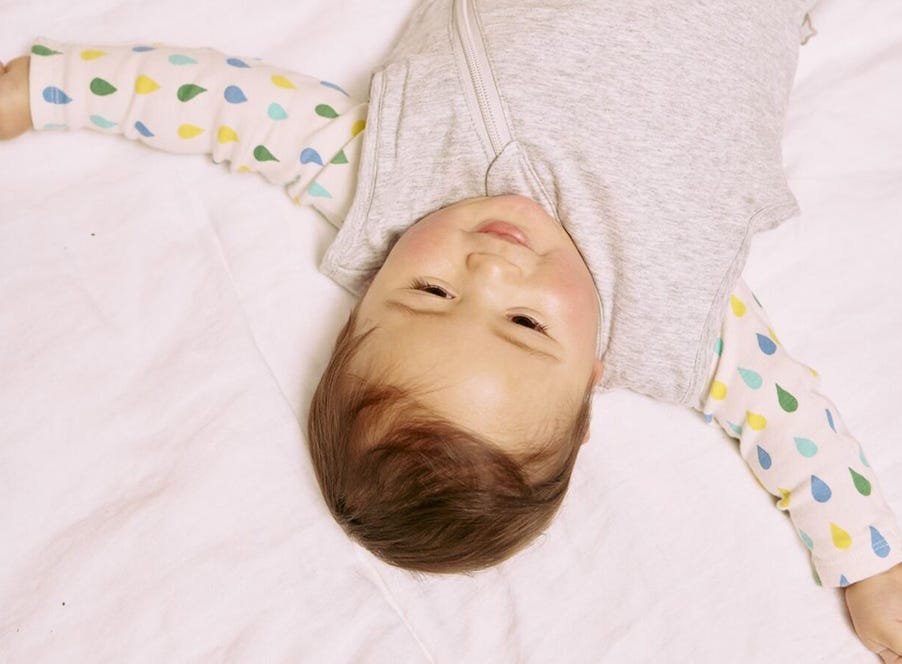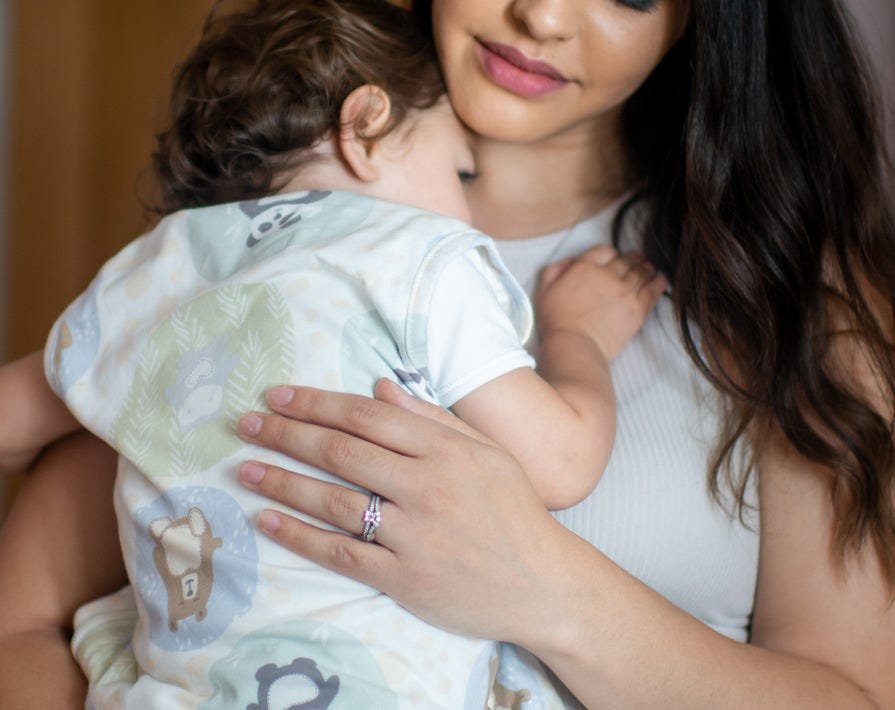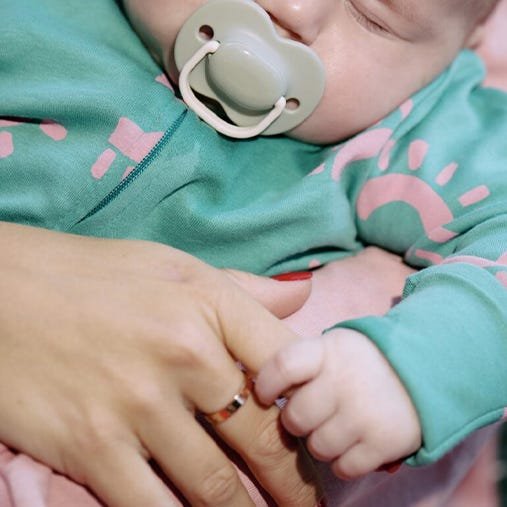How long does sleep training take?
Every baby is different, so sleep training will take different lengths of time depending on your unique situation and the method you choose to use. For this reason, it's important to be consistent and patient when you're sleep training.
Most sleep training methods usually take a couple of weeks or longer to work, but with time, consistency and a little bit of luck, you'll soon be sleeping peacefully, and your little one will have learned the valuable life skill of how to fall and stay asleep all on their own.
You can also check in with your baby's doctor if you want guidance on when and how to begin sleep training. If you follow a sleep training method consistently and it's still not working after two weeks, they will be able to advise you if you're little one is ready and look into any additional medical factors that could affect your baby's sleep.
Popular sleep training methods
There are many different sleep training methods that you can research, but the most important part of sleep training is finding the method that works best for you and your baby! Remember, your approach to parenting is very personal, don't feel pressured into using a sleep training method by others if you don't believe it's good for you or your baby.
Your health visitor or doctor can offer you advice according to your family's individual circumstances, but here are some of the most common baby sleep training methods...
Check-and-console
Sometimes called the Ferber method - because it was developed by paediatric sleep expert Dr. Richard Ferber, check-and-console involves putting your little one to bed when they're drowsy but awake, then telling them goodnight and leaving the room.
If and when they wake, you allow your baby to cry for a set amount of time before you check on them briefly and comfort them by talking in a soothing voice or gently patting their back. The idea is that the timed intervals of crying gradually get longer by a few minutes, until your little one falls asleep.
Over the course of a few nights, you'll gradually increase the length of these intervals, reducing your presence in baby's room and encouraging them to self-soothe.
Pick up, put down
This technique requires you to go through your baby's normal bedtime routine, then put them down to bed drowsy, but still awake.
Then, when and if they cries, wait a few minutes to see if they settle, and if not go in and pick them up and soothe them. When they're calm again, put them back down and leave the room.
Repeat the process until your baby falls asleep.
It's good to be aware that this sleep training method can take some time and requires lots of patience.
Bedtime fading
If your baby cries for extended amounts of time before they fall asleep, it's possible that their body might not be ready for sleep at your desired bedtime. The bedtime fading method can help to adjust their circadian rhythm to get bedtime to where you want it to be.
First, look for baby's sleep cues (eye rubbing, yawning, turning away from lights or sound, fussiness).
Then, once they seem tired, put them to bed. Hopefully, they'll fall fast asleep, but if they do stir and cry, take them out of the cot for around half an hour, and then try again.
After a few nights, move their bedtime 15 minutes earlier and repeat the process with this new bedtime. Then you can gradually move bedtime earlier in 15-minute increments night by night to reach your desired bedtime.
Camping out
Some parents find that the chair method (also known as the chair method of gradual withdrawal) works better for older babies who know that you're still in the room when you aren't feeding or cuddling them.
After saying goodnight, sit down by the bed. If your little one cries, avoid eye contact, but you can reassure them by touching them with your hand. When your they calm down, go back to sitting.
Keep repeating this process until they fall asleep, and repeat the steps any time they wake in the night.
Gradually, you can move your seating position a little further away from the bed each night until it's outside the room - when that happens, your baby will hopefully be ready to sleep without you in the room.
You may find that when your baby falls asleep with you in the room, they might be startled and possibly upset when they wake up and you're not there. Don't worry if your baby gets upset when you move the chair, you can simply put it back in the last place it was before you moved it.
No-cry approach
This method aims to help your toddler learn to fall asleep while you're not in the room and it's only suitable for babies over one year old.
First, after putting your little one to bed, give them a kiss and say you'll be back in a few minutes to kiss them again.
Leave the room, then go back almost immediately and give them another kiss. Walk a few steps toward the door then go back and kiss your child again. Promise another kiss, then tidy up a few clothes or toys in the bedroom and go back with yet another kiss.
If your little one stands up or gets out of bed, reassure them by saying 'go back to bed and I'll give you another kiss'.
Keep returning with kisses until your they fall asleep, and repeat the routine if your they wake during the night.
Potential sleep training hurdles
However your sleep training is going, your baby won't be able to fall or stay asleep if they're hungry, need a diaper change, feeling under the weather, or are uncomfortable in any way.
Don't worry if you do encounter some problems along the way, you're not alone! Just be patient and begin your sleep training again when they're feeling better.
The following points have the potential to setback your sleep training journey...
- Illness: A fever, cough, cold or other common illness will make it difficult for your baby to sleep and cause waking in the night. Try to give them extra cuddles and comfort if they are feeling under the weather and seek advice from your family doctor.
- Teething: Those first teeth can be painful and unsettling for little ones, so strap in and get ready for some restless nights!
- Growth spurts: During the first four months or so, your baby may have growth spurts accompanied by periods of cluster feeding. These feeds might interrupt their sleeping and feeding patterns.
- Separation anxiety: Separation anxiety is a normal phase in a child's emotional development, and it may affect them between the ages of six months and three years. During times of anxiety, your little one may become clingy and cry if you leave the room, which can make nighttime sleep training more challenging.












